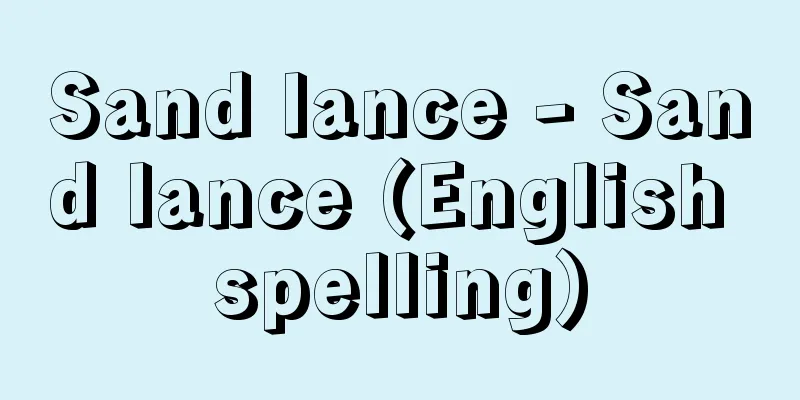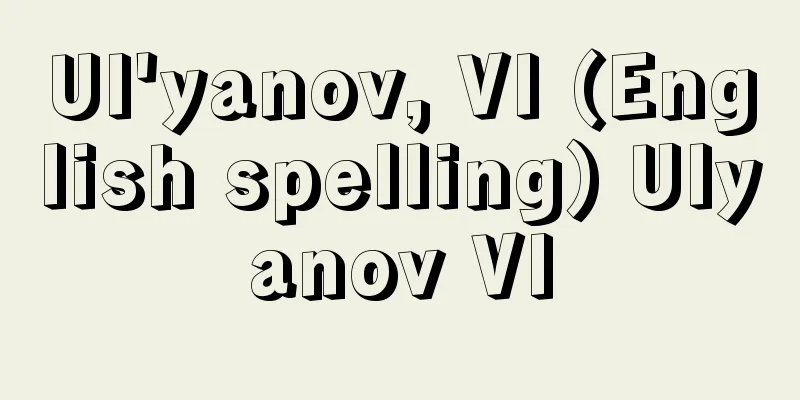Monster - Mononoke

|
This refers to spirits of the living and the dead, and refers to spirits that possess people, making them ill or causing death. This is often recorded in documents from the Heian period. The Diary of Murasaki Shikibu records that when the Empress gave birth, screens were set up around the area to subdue the spirits. The Aoi chapter of The Tale of Genji states, "Among the many things that appeared, such as spirits and living spirits, they took on various names..." and the same volume also states, "In the Great Palace, a monster arose that was extremely troublesome." Sei Shonagon also wrote in her Pillow Book that a famous Shugenja (mountain monk) was called in from time to time, and was criticized for falling asleep while trying to subdue a spirit ("Omohamu Ko wo"). Other references to spirits can be found in the Okagami and Masukagami, which seem to reflect one aspect of the spiritual life of Heian aristocrats in the closed court society. Being possessed by a spirit is called "mononoke datsu," and when this happened, monks and Shugenja were called in to perform a ritual to subdue or drive away the spirit. This involved casting out the spirit with a spell, transferring it to another person (the possessed person), and then casting it out from there into the outside world where it was cured. [Oto Tokihiko] [Reference] |Source: Shogakukan Encyclopedia Nipponica About Encyclopedia Nipponica Information | Legend |
|
生霊(いきりょう)、死霊などの類をいい、人に取り憑(つ)いて、病気にしたり、死に至らせたりする憑き物をいう。平安時代の文献にはよくこのことが記録されている。『紫式部日記』には、中宮のお産のとき、物の怪に対して屏風(びょうぶ)を立て巡らし調伏(ちょうぶく)したことが記されている。『源氏物語』葵(あおい)の巻に、「物の怪、生霊(いきすだま)などいふもの多く出で来てさまざまの名のりする中に……」とあり、また同じ巻に「大殿(おおとの)には、御物(おんもの)の怪(け)いたう起こりていみじうわづらひたまふ」などとある。清少納言(せいしょうなごん)も『枕草子(まくらのそうし)』のなかで、昔評判の修験者(しゅげんじゃ)があちこち呼ばれ、物の怪を調伏する途中疲れて居眠りをしたので非難されたことなどを記している(「思はむ子を」)。ほかに『大鏡』『増鏡』などにも物の怪の記述がみえ、これらは閉鎖的な宮廷社会での平安貴族の精神生活の一面を反映したものとみられる。物の怪に取り憑かれることを「物の怪だつ」といい、これにかかると、僧侶(そうりょ)や修験者を招き、加持祈祷(かじきとう)により調伏・退散させた。これには、物の怪を呪法(じゅほう)によって追い出し、別の人(憑坐(よりまし))にのりうつらせ、さらにそこから外界へ追い出し平癒させた。 [大藤時彦] [参照項目] |出典 小学館 日本大百科全書(ニッポニカ)日本大百科全書(ニッポニカ)について 情報 | 凡例 |
>>: Mono no aware - Mono no aware
Recommend
Chindonya - Chindonya
Advertising and promotion workers who walk around ...
Matsuyama [city] - Matsuyama
A city in central Ehime Prefecture. Established as...
Ishvarakrishna (English spelling)
His birth and death years and biography are unkno...
Auditing standards
Standards that auditors (certified public account...
Antiperistasis - Antiperistasis
…Therefore, the existence of a medium is also an ...
Kanezane Kujo
A politician in the early Kamakura period. He was...
Provisional execution exemption declaration
…On the other hand, there is still a way for the ...
Spherical link mechanism - Spherical link mechanism
…(3) Spatial link mechanism This is a link mechan...
Masahisa Uemura
Year of death: January 8, 1925 Year of birth: Dece...
sumptuary law
…However, when we look at this in Europe, the rel...
Hindustan Plain - Hindustan Heigen (English spelling) Hindustān
The great plain in the northern part of the Indian...
Euler's method - Oira no Kaihou
...For this equation, T 3 - pT 2 -4 rT +(4 pr - q...
Nagata Teiryu
A kyoka poet of the mid-Edo period. His name was ...
Schizaster pacificus (English spelling) Schizasterpacificus
…Sea urchin [Minoru Imajima]. . . *Some of the te...
Gnosticism - Gnosticism
A religious and ideological movement that arose in...









